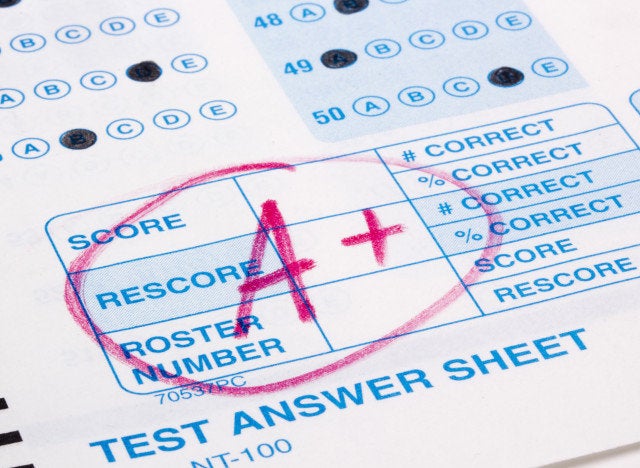
Elite athletes don't just have more amazing bodies than the general public -- their brains may, in some ways, be more amazing, too.
A new study in the journal Scientific Reports shows that the brains of elite athletes have greater visual perceptual and cognitive abilities than those of non-athlete college students -- that is, they're better at learning to track objects moving at a fast speed.
"Clearly, mental processing and learning skills are key to the excellent performance of the professional athletes. However, it is unclear whether this superior learning ability is unique to professional athletes, and moreover whether these are innate skills that led them to be selected by these teams, or whether these skills have been acquired through extensive training," study researcher Jocelyn Faubert, of the University of Montreal School of Optometry, said in a statement. "It will therefore be interesting to see how individuals of all athletic abilities improve their perception score as they train with this system."
The study included 102 professional athletes from the English Premier League (soccer), the National Hockey League, and France's Top 14 (club rugby), as well as 173 elite amateur athletes. Thirty-three non-athlete college students were also included in the study. The researchers had all the study participants undergo a task called "3D-MOT" 15 times. (It should be noted that the study researcher is the CEO of a company that produces 3D-MOT commercially.)
LiveScience explained how exactly the task worked:
The task, based on a test known as the 3D-MOT procedure, works like this: A number of colored spheres are shown floating in 3D space. Four of the spheres flash a different color briefly, then blend back in with the other spheres for a period of eight seconds. The viewer must keep track of the four that changed color, and identify them after the spheres stop moving. If the viewer makes errors, the spheres slow down; if he or she is accurate, the spheres speed up.
Researchers found that the elite athletes did better on the test than the university students.
"Although the context had nothing to do with any specific sport, we found that professional athletes were able to process the visual scenes much better than amateur athletes who were in turn better than the students," Faubert said in the statement.
For more ways that fitness can translate into brain benefits, click through the slideshow:
